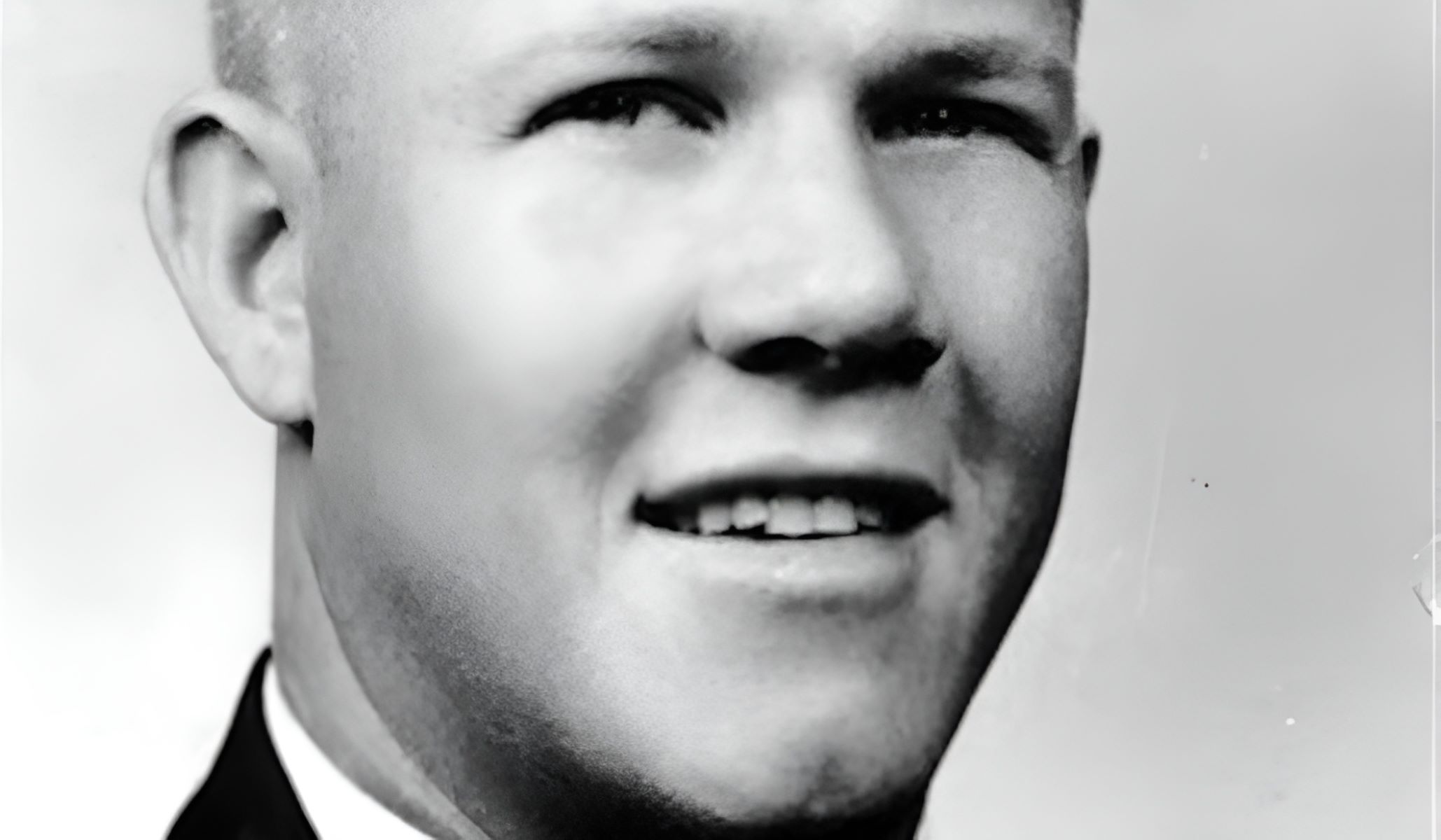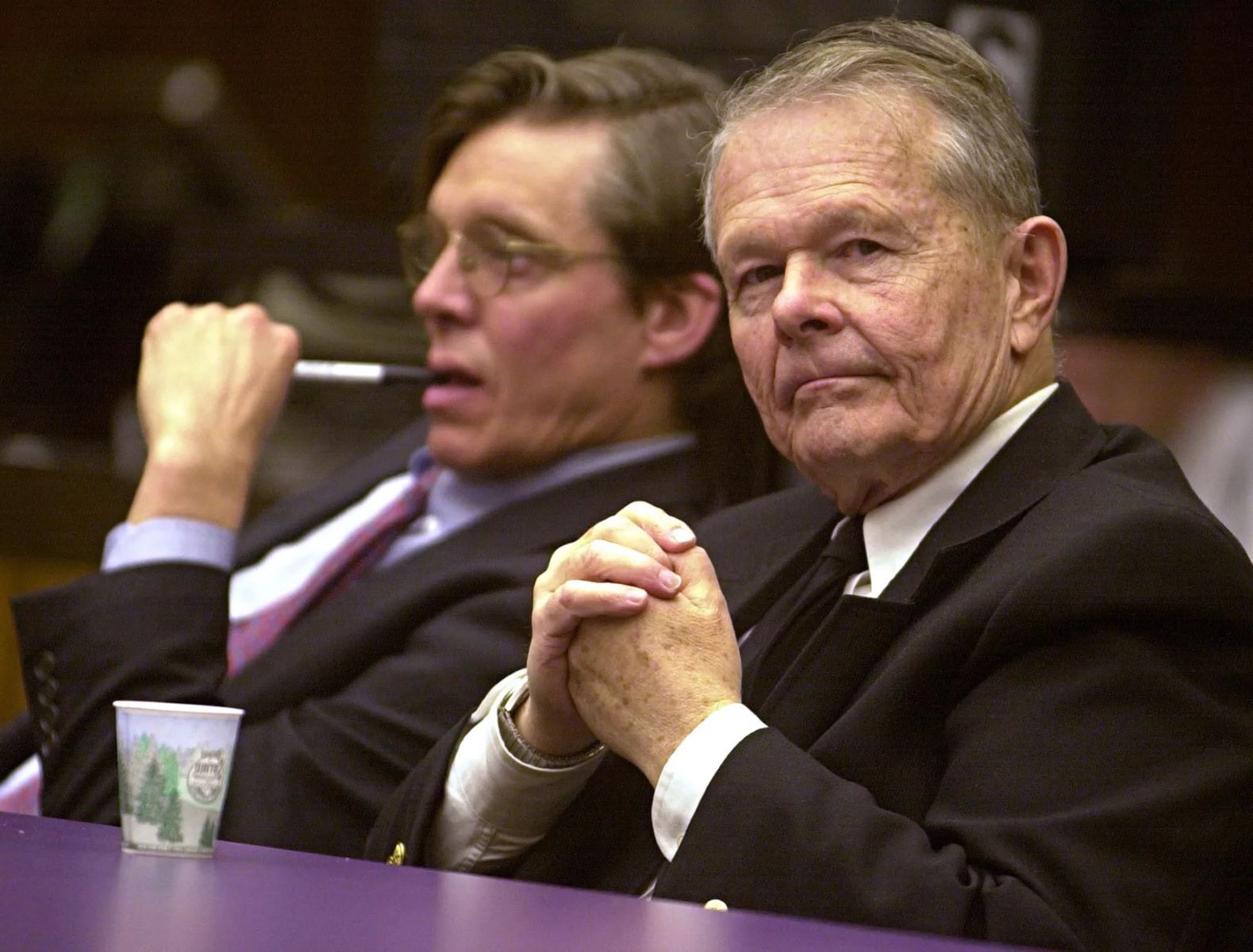
Who was Charles Whitman? Charles Whitman, often remembered as the "Texas Tower Sniper," was an American engineering student and former Marine. On August 1, 1966, he climbed the University of Texas Tower in Austin and opened fire, killing 14 people and wounding 31 others before being shot by police. This tragic event shocked the nation and led to significant changes in law enforcement tactics. Whitman's life, marked by academic achievements and military service, took a dark turn due to personal struggles and mental health issues. Understanding his background and the factors leading to this tragic day provides insight into a complex and troubled individual.
Key Takeaways:
- Charles Whitman, the Texas Tower Sniper, had a complex life shaped by family, education, and personal struggles, leading to a tragic event that left a lasting impact on American history.
- Despite his infamous actions, Charles Whitman had lesser-known qualities, such as his love for music, animals, and bravery, adding depth to his story and sparking enduring interest in his life.
Early Life and Background
Charles Whitman, a name that resonates with a dark chapter in American history, had a life filled with complexities. Understanding his early years provides insight into the man behind the infamous act.
- Born on June 24, 1941, in Lake Worth, Florida, Whitman was the eldest of three sons.
- His father, Charles Adolphus Whitman Jr., was a self-made man who owned a successful plumbing business.
- Whitman's mother, Margaret, was a devout Catholic who instilled religious values in her children.
- As a child, Whitman was an Eagle Scout, achieving the rank at just 12 years old, making him one of the youngest in history.
- He was known for his intelligence, with an IQ of 138, placing him in the top 2% of the population.
Education and Military Service
Whitman's academic and military pursuits played significant roles in shaping his life. These experiences were pivotal in his development and eventual actions.
- After high school, Whitman enrolled at the University of Texas at Austin, initially studying mechanical engineering.
- In 1959, he joined the United States Marine Corps, where he excelled as a sharpshooter.
- Whitman received a Good Conduct Medal and a Marine Corps Expeditionary Medal during his service.
- He was honorably discharged in 1964, allowing him to return to his studies at the University of Texas.
- Whitman switched his major to architectural engineering, a field he found more engaging.
Personal Life and Relationships
Whitman's personal life was marked by both love and turmoil. His relationships with family and friends reveal much about his character.
- In 1962, Whitman married his college sweetheart, Kathleen Leissner, a fellow student at the University of Texas.
- The couple was known for their close bond and shared interests, including a love for animals.
- Despite outward appearances, Whitman struggled with inner demons, including severe headaches and mood swings.
- His relationship with his father was tumultuous, marked by physical and emotional abuse.
- Whitman's mother eventually left his father, moving to Austin to be closer to her son.
The Texas Tower Sniper Incident
The most infamous chapter of Whitman's life is the tragic event that occurred on August 1, 1966. This day left an indelible mark on American history.
- On the morning of August 1, 1966, Whitman killed his mother and wife, leaving notes explaining his actions.
- He then went to the University of Texas campus, armed with multiple firearms and ammunition.
- Whitman climbed to the observation deck of the Main Building, also known as the Tower.
- From his vantage point, he began shooting at people below, causing widespread panic.
- The shooting spree lasted for 96 minutes, during which Whitman killed 14 people and wounded 31 others.
Psychological and Medical Factors
Understanding Whitman's mental state and medical history provides context to his actions. These factors are crucial in piecing together the puzzle of his life.
- Whitman had visited several doctors, complaining of severe headaches and mental disturbances.
- He left a note requesting an autopsy to determine if there was a physical cause for his issues.
- The autopsy revealed a pecan-sized brain tumor, which some experts believe may have influenced his behavior.
- Whitman had a history of abusing amphetamines, which can exacerbate mental health issues.
- He also expressed feelings of rage and confusion in his personal writings, indicating a troubled mind.
Aftermath and Legacy
The aftermath of the Texas Tower shooting had far-reaching effects on law enforcement, mental health awareness, and campus security.
- The incident led to the creation of SWAT teams in police departments across the United States.
- It also sparked discussions about gun control and the availability of firearms.
- The University of Texas implemented stricter security measures to prevent similar incidents.
- Whitman's actions prompted increased awareness and research into mental health issues and their potential link to violent behavior.
- The victims of the shooting are commemorated annually at the University of Texas, ensuring they are not forgotten.
Lesser-Known Facts
While many know the broad strokes of Whitman's story, some lesser-known details add depth to his narrative.
- Whitman was an accomplished pianist, having taken lessons from a young age.
- He was also a skilled hunter, often going on hunting trips with his father.
- Despite his violent end, Whitman was known for his kindness to animals, often rescuing strays.
- He once saved a fellow Marine from drowning, earning him a commendation for bravery.
- Whitman had a fascination with astronomy, spending hours studying the stars with his telescope.
- He was a fan of science fiction, particularly the works of Isaac Asimov and Arthur C. Clarke.
- Whitman's story has been the subject of numerous books, documentaries, and films, reflecting the enduring interest in his life and actions.
Reflecting on Charles Whitman
Charles Whitman’s life and actions left a lasting impact on American history. His tragic story serves as a reminder of the complexities of mental health and the importance of seeking help. Whitman’s actions on August 1, 1966, shocked the nation and led to significant changes in how law enforcement handles active shooter situations. His life, marked by both achievements and deep struggles, continues to be studied by historians, psychologists, and criminologists.
Understanding Whitman’s background, including his military service, academic pursuits, and personal challenges, provides a more comprehensive view of the man behind the infamous event. His story is not just about the violence he committed but also about the warning signs that were missed and the potential for intervention. By learning from the past, society can better address mental health issues and prevent future tragedies.
Frequently Asked Questions
Was this page helpful?
Our commitment to delivering trustworthy and engaging content is at the heart of what we do. Each fact on our site is contributed by real users like you, bringing a wealth of diverse insights and information. To ensure the highest standards of accuracy and reliability, our dedicated editors meticulously review each submission. This process guarantees that the facts we share are not only fascinating but also credible. Trust in our commitment to quality and authenticity as you explore and learn with us.


